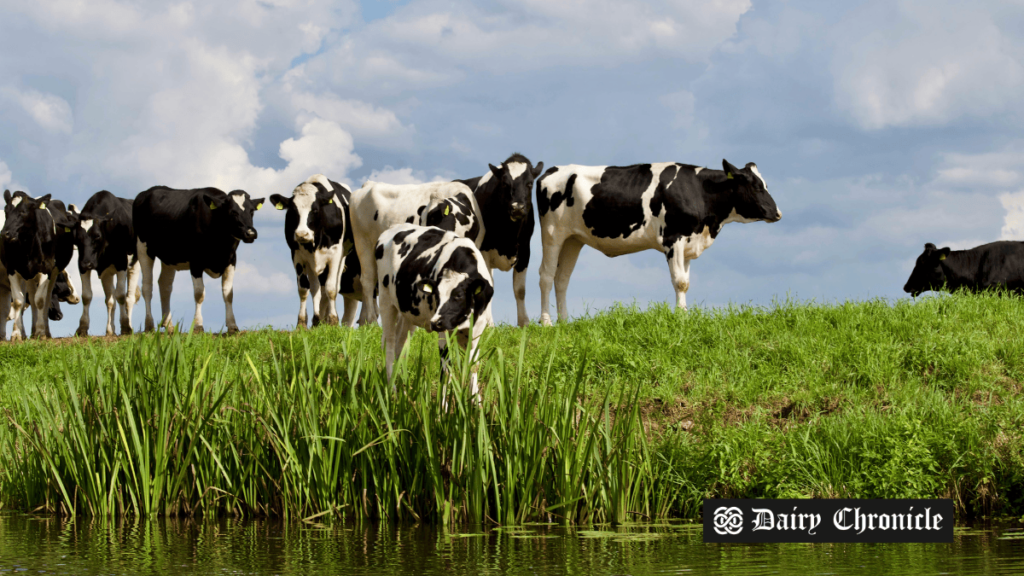The U.S. dairy industry faces significant challenges in its expansion efforts, including the spread of H5N1 avian influenza in California, a shortage of dairy heifers, and lower-than-expected milk production forecasts for 2024.
The U.S. dairy industry, supported by organizations like Hackett Financial Advisors, is considering expansion. However, several factors, including the spread of avian influenza and supply chain limitations, could hinder these plans. On October 18, Shawn Hackett, a representative of Hackett Financial Advisors, discussed these challenges during a market analysis, emphasizing the industry’s uncertainty.
One of the primary concerns involves the outbreak of H5N1 avian influenza, which has now reached California. Over 100 dairies in the Central Valley have reported infections in cattle, according to recent updates from state and federal agriculture agencies. This has led buyers to secure future dairy supplies in advance, fearing potential disruptions in production.
Another significant obstacle is the limited availability of dairy heifers, a crucial factor for scaling up operations. Hackett noted that the industry is currently experiencing one of the most severe shortages of dairy heifers in history. Even if dairy farmers plan to expand, the heifer shortage makes it difficult to achieve rapid growth.
Adding to the challenges, the U.S. Department of Agriculture (USDA) recently revised its forecast for milk production in 2024. In its October World Agricultural Supply and Demand Estimates (WASDE) report, the USDA reduced its production outlook by 100 million pounds to 225.8 billion pounds, citing slower-than-expected growth in milk output per cow.
The combination of disease outbreaks, supply constraints, and production challenges highlights the difficulties the U.S. dairy industry faces as it navigates potential expansion.



